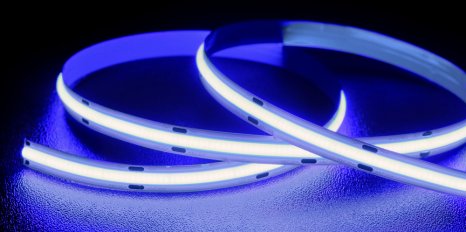Here are four reasons why LED lights are beneficial in this regard:
1. Energy Efficiency:
LED lights are highly energy-efficient compared to traditional lighting sources such as incandescent bulbs or fluorescent tubes. They convert a significantly higher percentage of electrical energy into light, minimising wasted energy as heat. LED lights can be up to 80% more efficient, leading to substantial reductions in energy consumption and carbon emissions. By replacing conventional lighting systems with LEDs and well place architectural lighting solutions, commercial buildings can significantly lower their operational carbon footprint, as well producing subtle accents or striking features in any environment.
2. Longer Lifespan:
LED lights have a much longer lifespan than traditional lighting options. They can last up to 25 times longer than incandescent bulbs and up to 10 times longer than fluorescent tubes. This extended lifespan reduces the frequency of replacement, resulting in lower production, transportation, and disposal of lighting fixtures. By using longer-lasting LED lights, commercial buildings reduce the associated carbon emissions throughout the entire lifecycle of the lighting system.
3. Dimming and Controls:
LED lights offer excellent controllability through dimming and advanced lighting controls. Unlike traditional lighting, LEDs can be easily dimmed without sacrificing the quality of light output. By implementing lighting controls, LED lights can be optimised to provide the right amount of light precisely when and where it's needed. This feature ensures that energy is not wasted on unnecessary lighting, further reducing operational carbon emissions.
4. Reduced Cooling Loads:
LED lights generate significantly less heat compared to traditional lighting sources. Incandescent bulbs and fluorescent tubes produce a considerable amount of heat, which can increase cooling demands within commercial buildings, especially during warm seasons. By using LED lights, the cooling load on the building's HVAC (heating, ventilation, and air conditioning) system is reduced, resulting in lower energy consumption and associated carbon emissions.
These four reasons demonstrate how LED lights save operational carbon in commercial buildings through energy efficiency, longer lifespan, controllability, and reduced cooling loads. Implementing LED lighting solutions can contribute to substantial carbon footprint reductions and promote sustainability in the built environment.
With a wide range of LED step lighting, LED architectural lighting and LED lighting for auditoriums, Gradus has a solution for you. To speak to Gradus about your project requirements, contact their technical support team on 01625 428922 or visit https://gradus.com/contact-us
To read more about Gradus’ commitment to the planet, as well as their 2025 sustainability goals, download their CSR Report here: https://gradus.com/download/gradus-csr-report-brochure-2022



